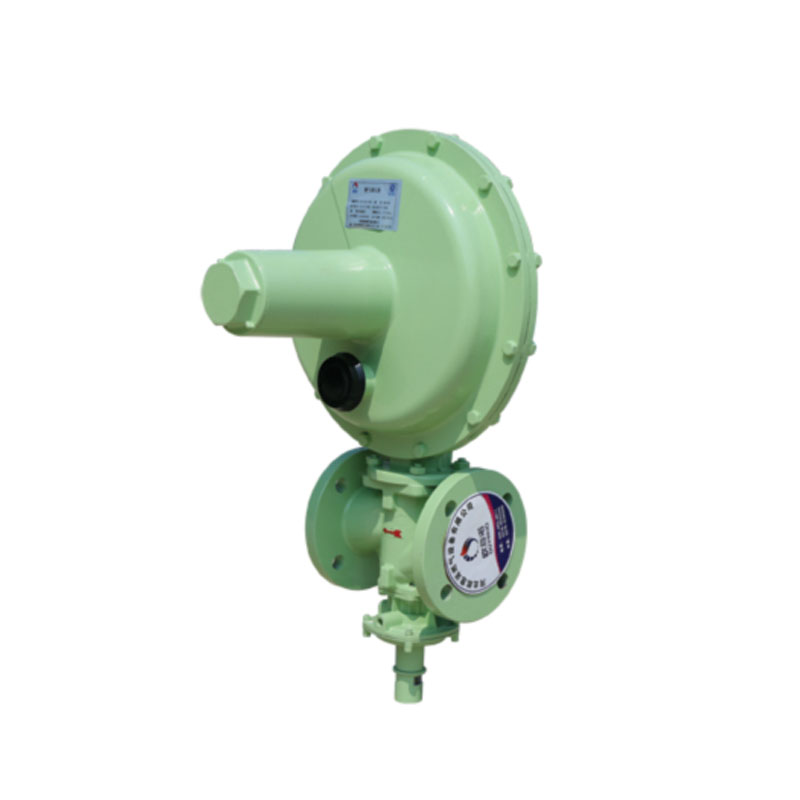
Dec . 02, 2024 08:08
Back to list
gas heat exchanger
Understanding Gas Heat Exchangers Efficiency and Applications
Gas heat exchangers play a pivotal role in various industrial applications, where efficiency in heat transfer is critical. These devices are designed to transfer heat between two or more fluids, typically gases, without allowing them to mix. Their design and operational principles are vital for improving energy efficiency and ensuring that processes run smoothly.
What is a Gas Heat Exchanger?
A gas heat exchanger is a mechanical device that facilitates the transfer of heat between two gaseous streams, which can be either incoming and outgoing air or gases from different processes. The primary function is to enhance thermal exchange by utilizing the high thermal conductivity of gas-phase materials. These exchangers can be found in various forms, including plate, shell-and-tube, and fin-tube designs, each suited for specific applications.
Working Principle
The basic principle behind a gas heat exchanger involves conduction and convection. When two gases at different temperatures pass through the heat exchanger, heat is transferred from the hotter gas to the cooler gas. This process can be visualized through the laws of thermodynamics, which govern the flow of heat and energy. Typically, the heat exchanger consists of a series of tubes or plates that allow for effective contact between the gas streams, maximizing heat transfer while minimizing energy losses.
Types of Gas Heat Exchangers
1. Plate Heat Exchangers These are compact devices that consist of multiple thin plates stacked together, creating channels for gas flow. The large surface area allows for efficient heat transfer between gas streams, making them suitable for applications with limited space.
2. Shell-and-Tube Heat Exchangers Comprising a series of tubes, one set carries the hot gas while the other set carries the cooler gas. This design is widely used in industrial settings due to its versatility and ability to handle high temperatures and pressures.
3. Air-Fin Heat Exchangers Often used in HVAC systems, these exchangers utilize fins to enhance the surface area for heat transfer, making them efficient for heating and cooling air streams.
Applications in Industry
Gas heat exchangers are critical in various sectors, including
gas heat exchanger

- Power Generation In power plants, they help recycle exhaust heat to preheat incoming combustion air, thereby improving efficiency and reducing fuel consumption
.- Oil and Gas In refineries and petrochemical plants, heat exchangers assist in the distillation process, enhancing the separation of hydrocarbons by recovering heat from exhaust streams.
- HVAC Systems These systems utilize gas heat exchangers to improve indoor air quality and energy efficiency by preconditioning the air before it is heated or cooled.
- Waste Heat Recovery Systems By capturing waste heat from industrial processes, gas heat exchangers enable facilities to reuse energy, reducing operational costs and environmental impact.
Benefits of Gas Heat Exchangers
The incorporation of gas heat exchangers in industrial processes yields multiple benefits, including
- Energy Efficiency By recovering and reusing heat, these devices significantly lower energy costs and fuel consumption.
- Reduced Emissions Enhancing thermal efficiency minimizes greenhouse gas emissions, contributing to environmental sustainability.
- Process Optimization Effective heat exchange improves overall process stability and efficiency, leading to higher productivity.
Conclusion
Gas heat exchangers are vital components in modern industrial systems, providing efficient means of thermal management across various applications. Their ability to transfer heat effectively not only contributes to energy savings but also plays a crucial role in advancing sustainable practices within industries. As technology continues to evolve, the design and efficiency of gas heat exchangers are expected to improve, further enhancing their utility and importance in our energy-dependent world. Understanding and implementing these systems can lead to significant economic and environmental benefits, making them essential in achieving industrial efficiency and sustainability.
Latest news
-
Safety Valve Spring-Loaded Design Overpressure ProtectionNewsJul.25,2025
-
Precision Voltage Regulator AC5 Accuracy Grade PerformanceNewsJul.25,2025
-
Natural Gas Pressure Regulating Skid Industrial Pipeline ApplicationsNewsJul.25,2025
-
Natural Gas Filter Stainless Steel Mesh Element DesignNewsJul.25,2025
-
Gas Pressure Regulator Valve Direct-Acting Spring-Loaded DesignNewsJul.25,2025
-
Decompression Equipment Multi-Stage Heat Exchange System DesignNewsJul.25,2025

